Elbrus
In clear weather biceps peak Elbrus is visible from afar - from different regions of Kabardino-Balkaria, Karachay-Cherkessia, Stavropol, Georgia ... The double-headed five thousand meters towers over the clouds. The Russian Union of mountains fans are surprised to learn that Elbrus above Mont Blanc at 835 meters. It belongs to the lateral ridge of the Caucasus and the main ridge connected Hotu-Tau pass. Elbrus is clearly the highest peak of Russia and, according to many researchers, Europe (if the border between Europe and Asia carried out on the main watershed of the Caucasus mountain range).
Above 3500 m Elbrus is almost entirely covered with glaciers - a total of 77. The most famous - Big and Small Azau and Terskol. One of the biggest glaciers from Karachay-Cherkessia - Kukurtlu.
Elbrus, a huge ancient volcano, sleep under the cover of perpetual snow and ice, inspires admiration and awe for many centuries. This is indicated by all of its titles on all the surrounding languages: in Nogay - Elburus, Lord of the Wind, by-Balkarian - Mingi-Tau Mountain Eternal Wisdom; and even the Blessed Mountain, Mountain Happiness Day Mountain, Shining Mountain, Shat-mountain or just a tent, as they say in Russian XVII-XVIII centuries. The sacred mountain for many peoples for thousands of years, the key to unlocking the mysteries of civilizations, a symbol of everything - from the human perseverance and endurance to supramundane freedom.
However, over the years, people are more tightly surround the top, not only worshiping them as using them in their extreme ends. Climbing the mountain is officially underway with the XIX century, and now it has increased to ski skating, heli-skiing, freeride, paragliding, ice climbing and skalo-, trekking, snowmobiling and mountain bike, kiteboarding and special routes for climbers.
Today, those who have reached the top, do not think for a long time their number exceeded ten thousand. The fact that Elbrus, despite its huge size, the mountain is relatively easy to climb. According to the classification adopted by the ascent in mountaineering in Russia are divided into several categories of complexity, from 1 to 6, and each category, except for the sixth, has two sub-categories - "A" and "B". 1A - the easiest route, which is able to pass on any person, 6 - the most difficult, on the brink of human capabilities. Elbrus is estimated as 2A, the passage of the two peaks - 2B. There are other, more complex routes, such as 3A, in the north-western edge.
But for the ascent of Mount Elbrus on the most ordinary, "classical" route (along the southern slope to the west top, 5642 meters), you need not be a professional. Anyone in good physical shape and in the presence of an experienced guide is able to reach this point. Eastern peak a little below 5621 m, a small difference, not visible from the side, but the climb to the top of the east more difficult. The valley between the two peaks is called the saddle. One of the most spectacular views of the Elbrus opens at night, when in the saddle blue-black giant orange moon hanging.
Who first climbed the holy mountain and saw an incredible view (say, on a clear day you can see and the Caspian and Black Sea, and even the Turkish coast), is unknown. Honorary conqueror Tamerlane can be considered: its Persian biographer in the XV century, claimed that during his campaign Timur Transcaucasian climbed Elbrus, and prayed there. It is a legend, and the first documented ascent of Elbrus in 1829 made an expedition of the Russian Geographical Society under the leadership of General GA Emanuel. The first rose to the top of Karachai Killara Khashirov resident aula Uchkulan. On one of the stones was struck commemorative inscription, which discovered the Soviet climbers already in the XX century.
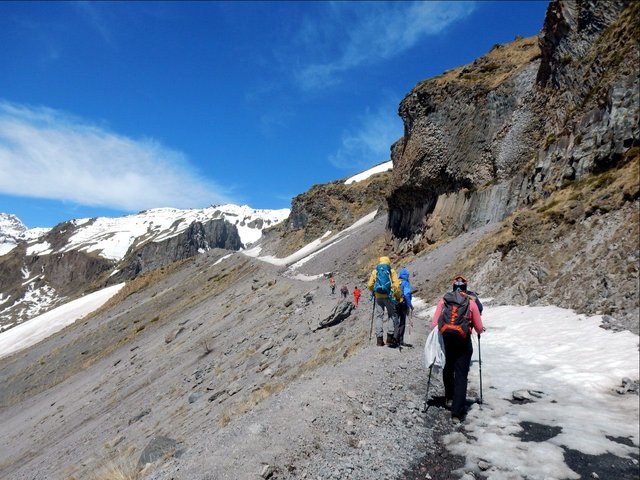
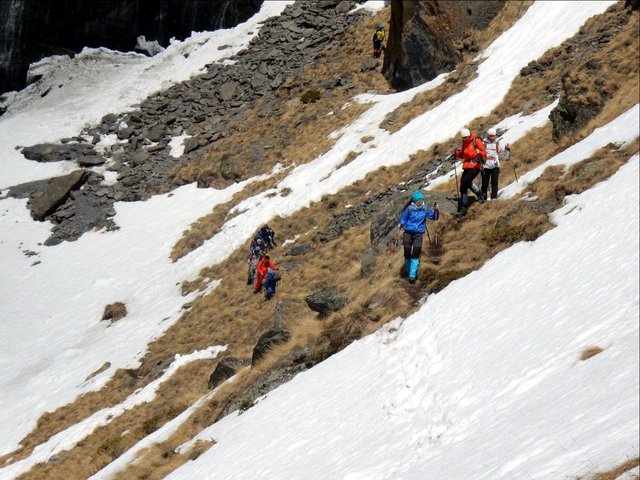
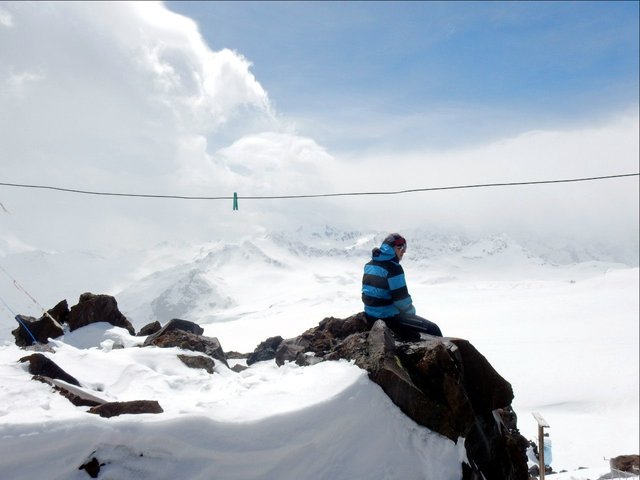
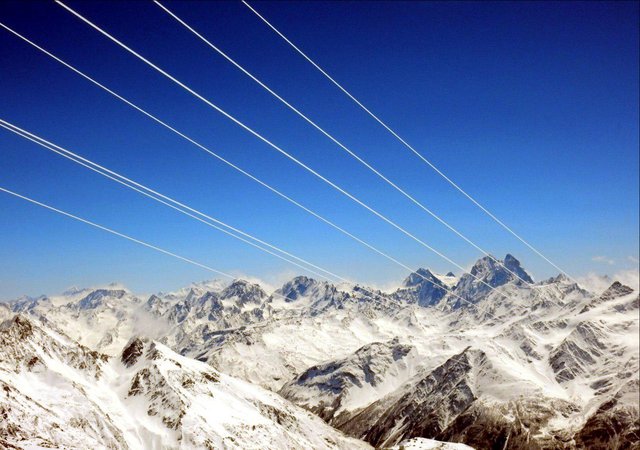
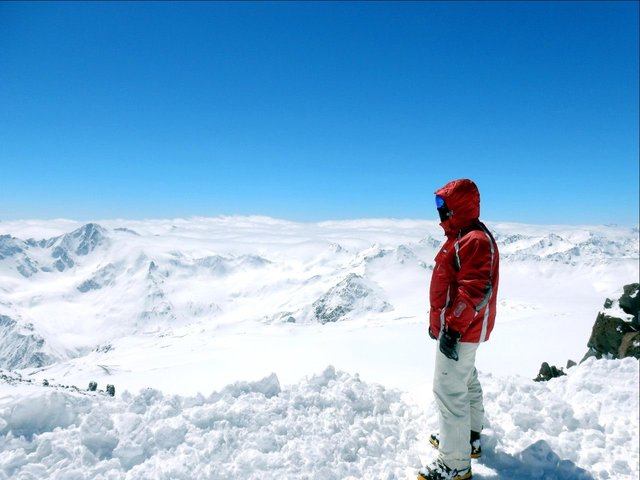
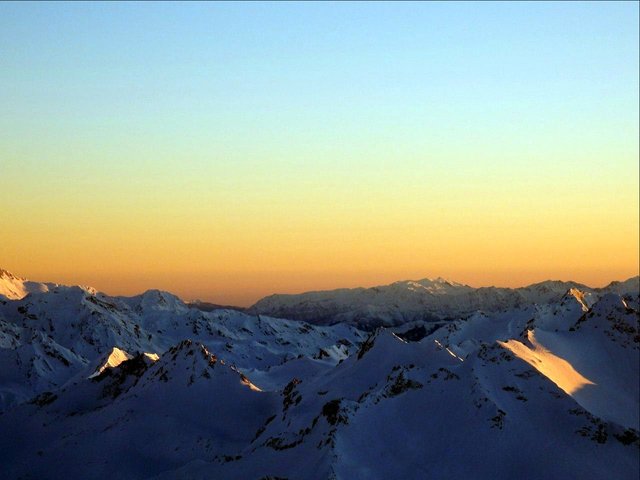
Cool! Could you add some story behind the pictures?
added
Is it your photos and you have participated in climbing? I think your travel story will be interesting.
Good article